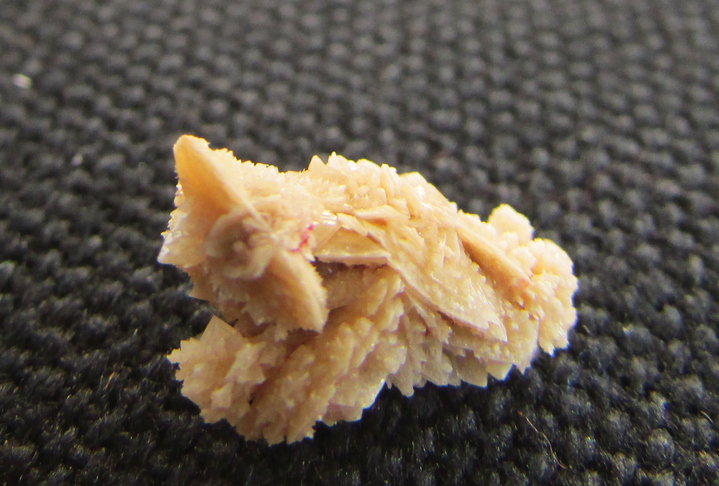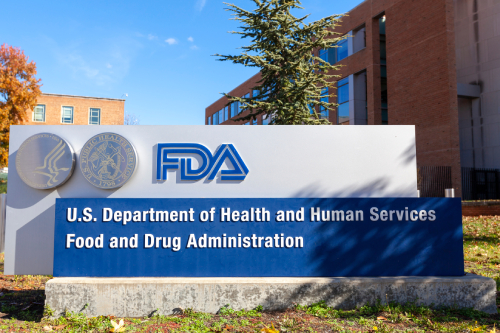
Kidney stones are a common condition, and their prevalence is increasing. They currently affect up to 10% of adults, and the risk of stone recurrence can be as high as 20% to 50%. People who experience kidney stones are at increased risk of developing chronic kidney disease (CKD) and have double the risk of developing kidney failure (KF). The risk of both CKD and KF increases along with the number of stone episodes.
Most studies have only examined outcomes to the point of developing CKD or KF, but few have focused on complications and outcomes after developing KF and starting kidney replacement therapy (KRT). A group of researchers, including Hicham Cheikh Hassan, MB BCh, BAO, FRACP, used data from the Australia and New Zealand Dialysis and Transplant Registry (ANZDATA) to study the incidence of KF due to kidney stones over the last 4 decades, the all-cause mortality risk for dialysis patients who had stones versus dialysis patients without stones, and the all-cause mortality and graft survival risk for stone formers versus nonstone formers who received a kidney transplant. Their results appeared in Nephrology Dialysis Transplantation.
A total of 78,705 patients ≥18 years of age began KRT (dialysis or transplant) between 1981 and 2020. Total follow-up time was 285,250.4 patient-years. Of these patients, 834 (1.1%) initiated KRT due to a primary diagnosis of kidney stones as a cause of KF. For the full cohort, the crude incidence of starting KRT because of kidney stones was 1.17 per million population (95% CI, 1.09-1.25); males had a crude incidence of 1.27 (95% CI, 1.16-1.39), while females had 1.07 (95% CI, 0.97-1.18) per million population. The annual incidence of KRT due to kidney stones was stable across Australia and New Zealand for the full study period (annual percentage change, −0.3% [95% CI, −1.5% to 0.9%]).
However, the prevalence of KF caused by kidney stones declined significantly over time. The study did not examine the reasons for this, but the authors posit that better management incorporating lifestyle advice or medications, patient awareness, and follow-up of patients with kidney stones may have contributed to a lower risk of progression to KF.
Survival was higher in patients with kidney stones receiving dialysis versus those without (hazard ratio [HR], 0.89; 95% CI, 0.82-0.96), with similar estimates in a matched cohort. In patients who received kidney transplants, the time to transplant was longer for those with kidney stones compared with nonstone patients (2.5 vs 1.7 years; P=.001). There was no difference in mortality (HR, 1.02; 95% CI, 0.82-1.28) or graft loss (HR, 1.07; 95% CI, 0.79-1.45) between patients with and without stones.
Limitations of the study include possible selection bias, residual confounding, and misidentification. Stone type and severity of disease are unknown, the risk of post-KRT stone recurrence was not examined, and no information was included on patients who progressed to KF and were not dialyzed or who were conservatively managed, possibly leading to underestimation of overall and annual incidence rates.
“In conclusion,” the authors wrote, “data from the ANZDATA Registry show a significant decline in the incidence of KF undergoing KRT due to kidney stones over the last 10 to 15 years. Our findings also suggest that the prognosis of KF due to kidney stone patients is better than those with other causes of KF on dialysis. Finally, we showed that patients with kidney stones as a cause of KF fare similar to those with nonstone causes in terms of survival and graft survival in the kidney transplant population. Our results can be used to inform and reassure care providers in the management of patients with kidney stones, particularly those approaching KF and who are being considered for dialysis or transplantation.”







 © 2025 Mashup Media, LLC, a Formedics Property. All Rights Reserved.
© 2025 Mashup Media, LLC, a Formedics Property. All Rights Reserved.